How can we terraform Venus into a habitable planet?

Venus is the closest terrestrial planet to Earth, and is sometimes referred to as 'Earth's sister planet.' In 2020, gas generated by life activities
How To Terraform Venus (Quickly)-YouTube
Venus is the hottest planet in the solar system, with a surface temperature of 460 degrees Celsius. The reason is due to the extreme greenhouse effect.

As is well known, carbon dioxide is a powerful greenhouse gas, and even an increase in the concentration of carbon dioxide in the earth's atmosphere from 0.03% to 0.04% has had a tremendous impact on the global environment.
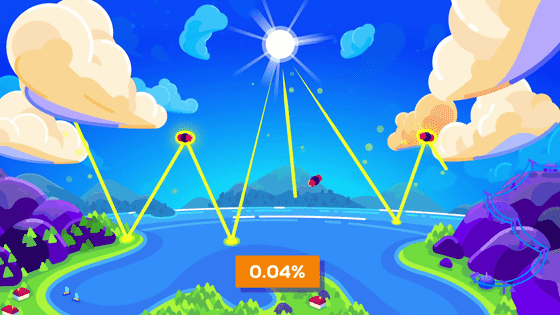
On Venus, 97% of the atmosphere is carbon dioxide.
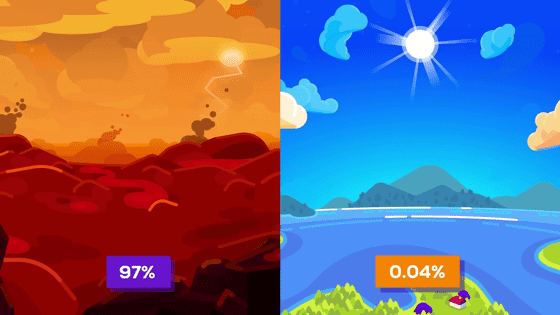
On the other hand, Venus is about the same size as Earth, so the surface gravity is about 90% of Earth's.
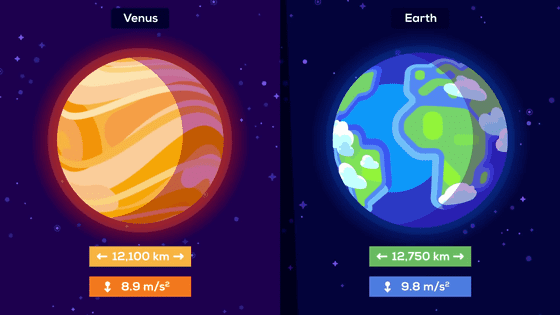
It is known that living in a low-gravity environment for a long time has various effects on the human body, so having a gravity close to that of the earth is a huge advantage as a migration destination.

To terraform Venus, we first need to cool it down and remove the gases that make up its atmosphere.

There are several possible ways to remove the bulk of the gas. One of them is the method of emitting lasers from satellites to heat the surface of the earth and release the atmosphere into space.
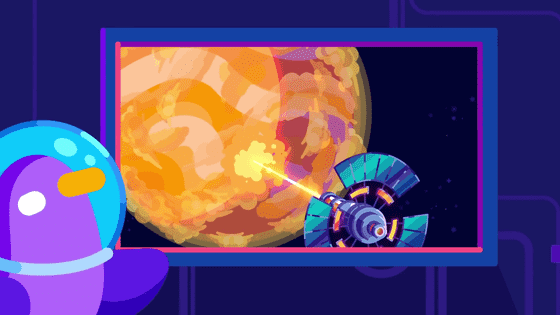
However, this method is not realistic because it takes thousands of times more power than mankind can produce and takes thousands of years.
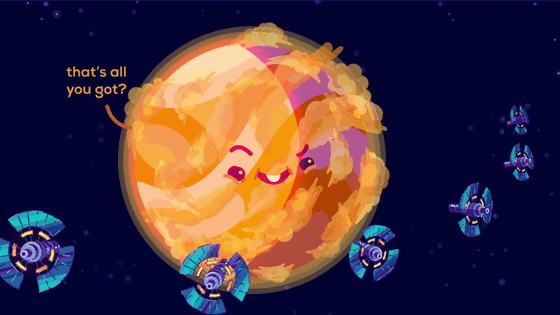
Another method is to use chemical reactions to combine carbon dioxide with other compounds.

Specifically, a method of mining calcium, magnesium, etc. on Mercury and sending it to Venus using

That would require sending a tremendous amount of ore to Venus, so it's still not realistic.
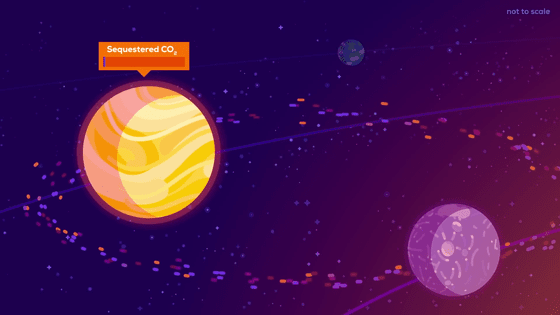
The cooling method devised there is to block the sunlight by placing a mirror between Venus and the sun.

A thin metal such as aluminum foil is sufficient for the mirror, but if you use a single large mirror, the position will shift due to the pressure of the sunlight.
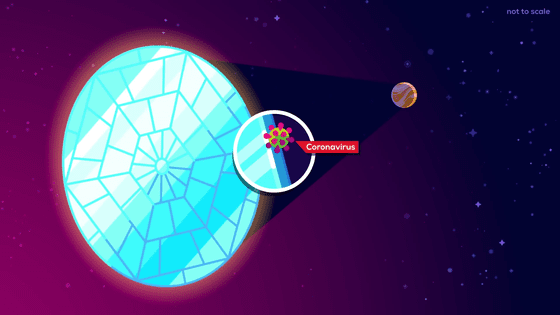
Therefore, the mirror must be divided into multiple parts.

With this method of placing a secondary mirror near Venus, the sunlight reflected by the secondary mirror is thought to push back the main mirror.

Even if the sun is blocked, high temperature and high pressure will continue for 2 to 30 years.
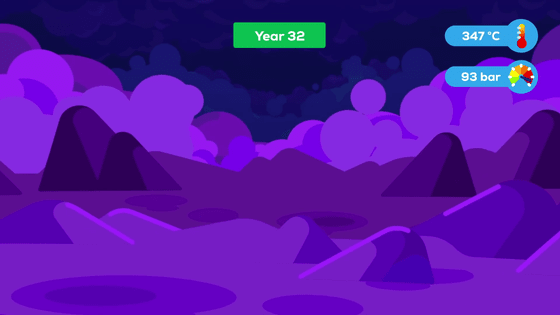
Then, about 60 years later, when the temperature reaches 31 degrees Celsius, carbon dioxide becomes liquid and falls on the surface like rain.
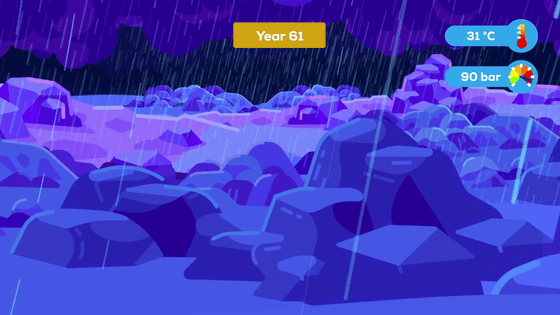
After more than a century of carbon dioxide rain and a temperature of minus 81 degrees Celsius, the carbon dioxide sea freezes and then carbon dioxide snow begins to fall, along with a drop in atmospheric pressure.
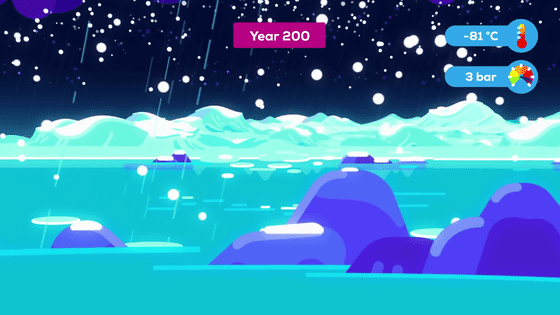
This solved the problem of high temperature and high pressure, but it's too cold to migrate. However, if the surface is warmed, a large amount of carbon dioxide will turn Venus into a fireball, so the effort will be in vain.

One solution is to cover the frozen carbon dioxide with plastic.

However, this method carries the risk of carbon dioxide being heated by volcanic activity.

Another solution is to launch frozen carbon dioxide with a mass driver and make it the moon of Venus. However, as mentioned above, launching a large number of objects into space is a difficult task.

Besides the problem of having a lot of carbon dioxide, there is also the problem that terraforming requires a lot of water.

A promising destination for securing water is Jupiter's second satellite, Europa, which has twice as much water as the Earth.
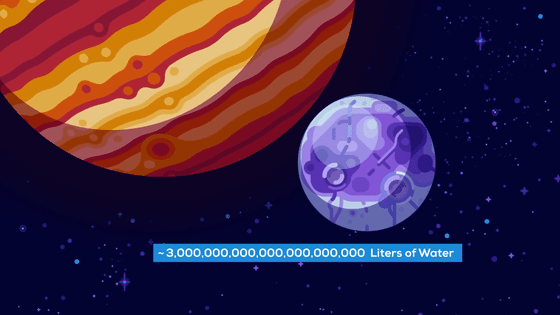
The water shortage problem can be solved by cutting out Europa's ice and sending it to Venus with a mass driver. You may think, 'Is it not realistic to launch a large amount of objects with a mass driver?'

Europa's ice can be sent to Venus at a relatively low cost by combining a mass driver with a technology called '
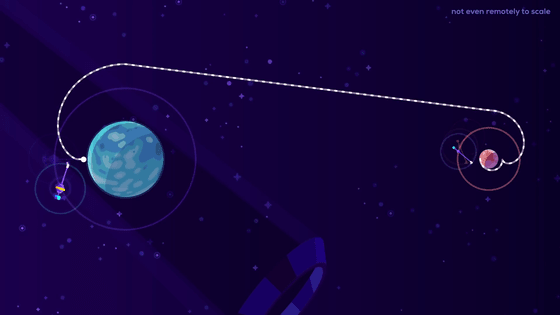
If the excess nitrogen is removed in a similar way and the atmospheric pressure is lowered, Venus will have frozen oceans in a few centuries.
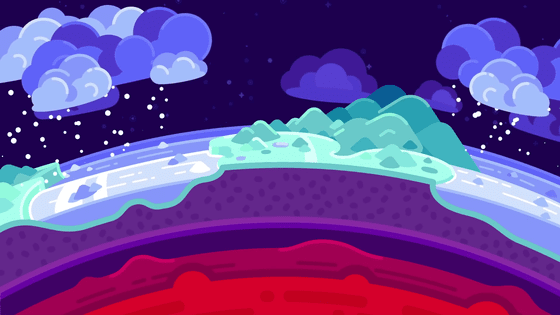
If you look at Venus at that time from space, it should look very different than it does now.

Once the carbon dioxide problem is solved, remove the mirrors and reheat Venus to a moderate warmth.

A day on Venus is long, about 117 days on Earth. Therefore, by making the auxiliary mirror a pseudo-Sun, we can make Venus' day and night just the right length.
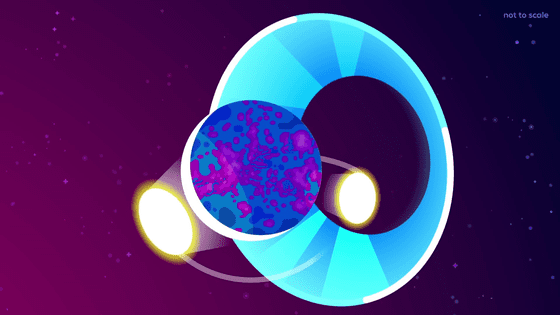
Next, a large amount of algae is sprayed to carry out photosynthesis and produce oxygen.

This is the same process that occurred on Earth 3.5 billion years ago.
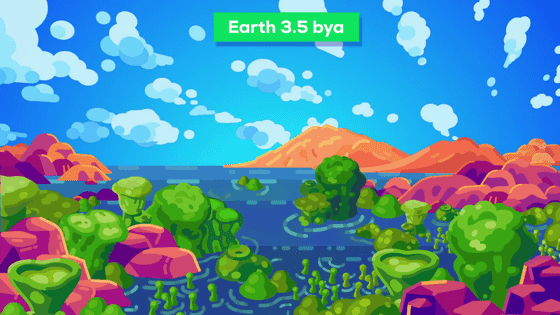
Furthermore, cultivate the earth and grow
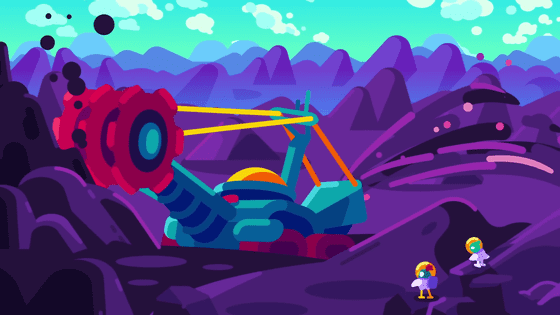
Genetic engineering creates an ecosystem that can adapt to the Venusian environment.

In doing so, Venus gradually becomes a greener planet. Ultimately, it is thought that it will take thousands of years for Venus to reach the same atmospheric composition as Earth, but since the temperature and atmospheric pressure are the same as those on Earth, colonists to Venus can only wear ordinary clothes and gas masks to reach Venus' atmosphere. It is possible to walk on the surface.

The carbon dioxide and nitrogen produced during the terraforming process may be the energy source needed to terraform new planets such as Mars.

Kurzgesagt summarizes that the above is a Venusian terraforming method that can be realized with technology that even modern people can barely reach and that is possible in a relatively short period of time.

Related Posts:







